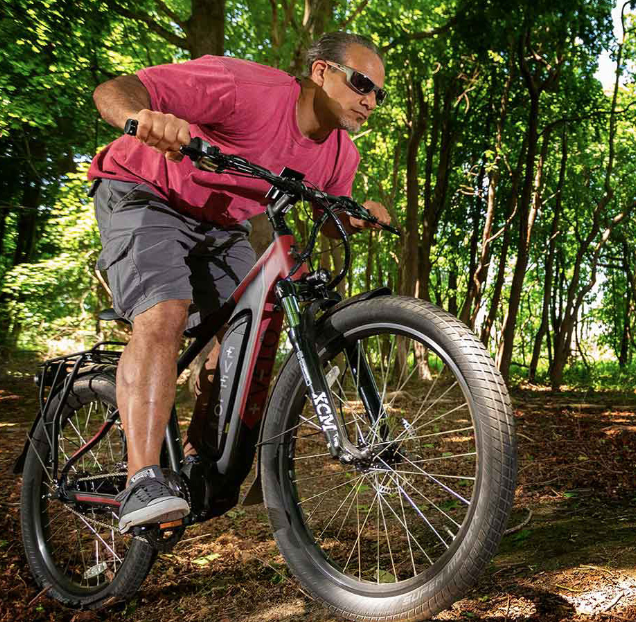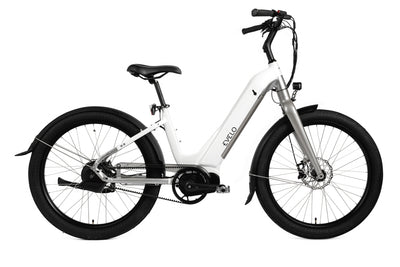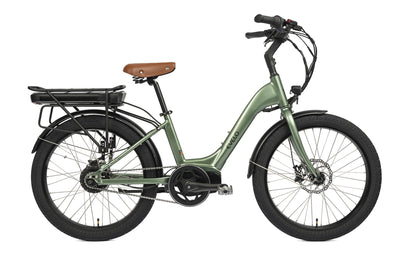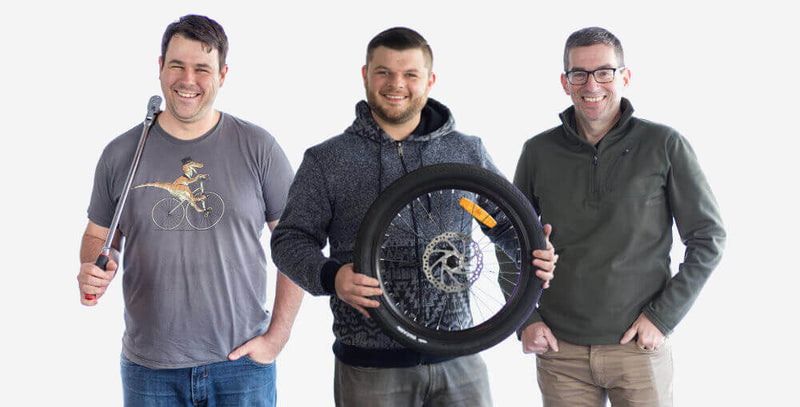As a cyclist, you need to take into account the environmental and geographic factors of where you live and ride. This article will give you a regional breakdown of the U.S.A., highlighting what to expect in different parts of the country and giving you tips on how to account for these variables when you ride.
Riding In the U.S.A.: Regional Breakdown
To keep things simple, this article will use the regions used by the National Oceanic and Atmospheric Administration. The following table will highlight the general characteristics for each region to give you a sense of what you’re likely to encounter on your bike. Obviously, there will be more localized conditions that will be important to consider, but this is a good starting place.
| REGION | STATES | CHARACTERISTICS | HOW TO CYCLE |
| Northwest | Washington, Oregon, Idaho |
- Along the Pacific coast, wet and rainy, consistently temperate climate with steep hills and mountains - Inland, drier with large mountain ranges and high-elevation plains, more extreme seasonal temperature changes |
- In wetter areas, prepare to bike through rain: use “wet” lubricant on your chain, install fenders, and have good rain gear handy - Prepare for steep climbs along the coast and in mountainous regions with opportunities for riding on flat ground in the high plains |
| West | California, Nevada |
- California coast is relatively hilly, windy, and rugged, with large cities in Central and Southern California - Desert regions inland with a primarily dry climate and extreme seasonal temperature changes |
<- On the coast, be prepared for steep climbs and descents, especially in Northern and Central California. It can also be very windy and cold, so bike with a jacket. Also be prepared for city riding along much of the Southern California coast. - Further inland, be prepared for very hot summers and very cold winters. Under these extreme desert conditions, it is crucial to stay hydrated. |
| Southwest | Utah, Colorado, Arizona, New Mexico | - In general, this region is mountainous and relatively dry, with distinct seasonal changes in temperature and weather |
- Best to ride in late spring, summer, fall, and early winter. - In most places, you should have a bike that is good for long climbs and mountainous conditions - Be prepared for a lot of dry, sunny weather—stay hydrated and wear plenty of sunscreen |
| Northern Rockies & Plains | Montana, Wyoming, North Dakota, South Dakota, Nebraska | - This region is dominated by hills and mountains, and can see very extreme weather conditions, including precipitation, drought, and very strong wind |
- Typically best to ride in late spring, summer, and fall - Be prepared for dry and often- times hot conditions, so bring a lot of water and sunscreen - In most places, you’re likely to encounter a good mix of flat ground, mild foothills, and long, steady climbs, giving you plenty of options for interval training |
| Upper Midwest | Minnesota, Iowa, Wisconsin, Michigan |
- Very wet with lots of vegetation, rivers, and lakes - Extreme seasonal temperatures and weather conditions |
- Plan on riding in the spring, summer, and fall, as winters get very cold with a lot of snow and ice - Plan for riding in moist conditions: wet lubricant, fenders, rain gear, and frequent bicycle maintenance |
| Ohio Valley | Missouri, Illinois, Indiana, Ohio, West Virginia, Kentucky, Tennessee |
- Wet and relatively flat around the Great Lakes - Humid further south with lots of short by very steep hills |
- In most places in this region, prepare for moist and humid conditions; be prepared to encounter rainy days - You’ll be sweating a lot so take care to bring plenty of water - In many places, be prepared to bike up and down short, steep, and intense hills |
| South | Kansas, Oklahoma, Texas, Arkansas, Louisiana, Mississippi |
- Generally characterized by hot temperatures, especially during the summer - The closer you get to the Gulf Coast, expect wetter and extremely humid conditions |
- Given the often extreme heat of this region, it’s best to ride during the fall, winter, and early spring. If you do ride during the summer, stick to the morning and evening hours - Around the Gulf Coast, be prepared for wet and humid riding conditions: rain gear, fenders, wet lubricant, regular bike maintenance |
| Southeast | Alabama, Georgia, Florida, South Carolina, North Carolina |
- Primarily characterized by its hot and humid climate - Very hilly regions surrounding the Appalachian Mountains |
- Riding in the heat of the summer can be very uncomfortable, so look to ride in the spring and fall, or in the morning and evening hours of the summer - Be prepared for moist and humid conditions - On the coastal regions, there will be a lot of flat ground, with steep climbs in the mountainous areas |
| Hawaii | - | - Wet and warm conditions with flat ground around the coastlines and steep hills and mountains inland | - In general, be prepared to bike through sunny and hot conditions, so bring plenty of water and sunscreen, and be sure your bike can perform well in wet conditions |
| Alaska | - |
- Alaska is characterized by extreme conditions: sunny and hot in the summer and cold, dark, and snowy in the winter - A few cities, but mostly open spaces with a lot of isolated backcountry - Southeast is very coastal; inland is very mountainous |
- Cycling in Alaska is really only feasible in the late spring, summer, and early fall before the region falls into near 24-hour darkness for the winter - Be prepared to bike through wide open spaces with lots of hills and mountains, with very few amenities and large distances between cities - Around the coasts, expect more moderate temperatures and be prepared for wet conditions: fenders, wet lubricant, rain gear - Inland, expect extremely hot and muggy conditions in the summer, and don’t forget bug spray for the mosquitos |



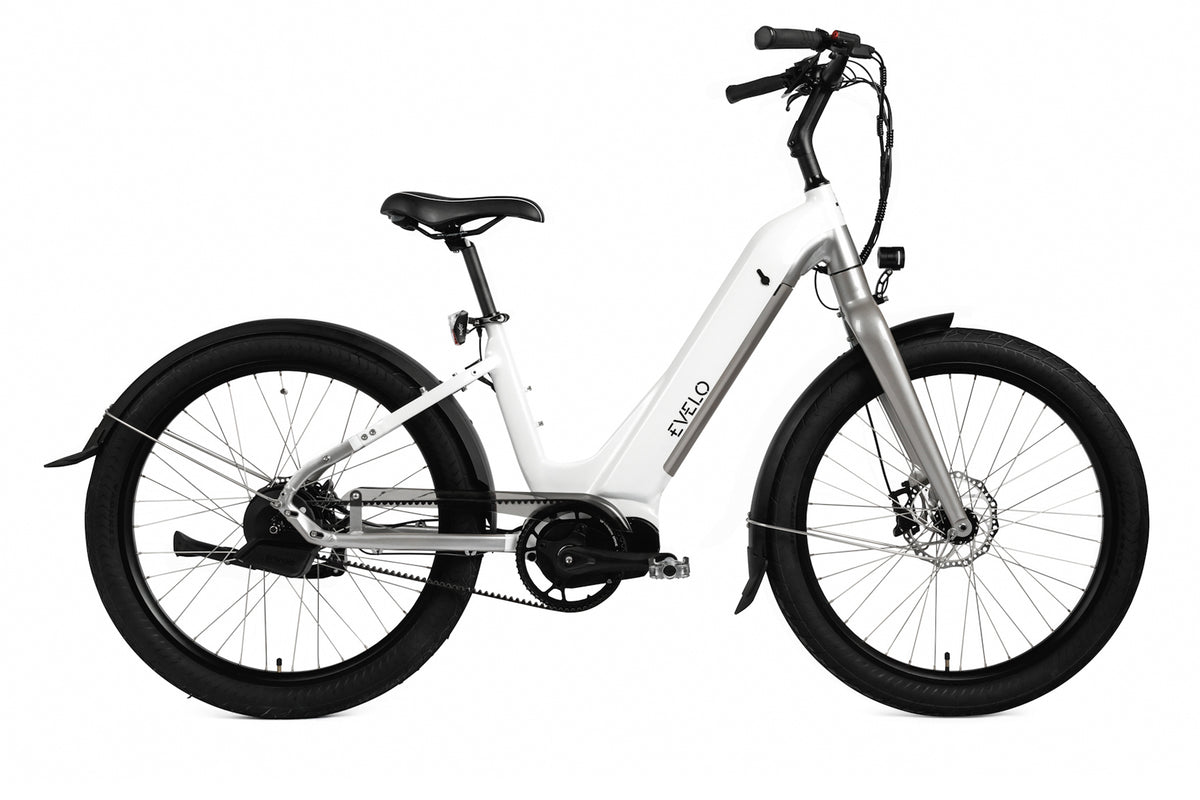
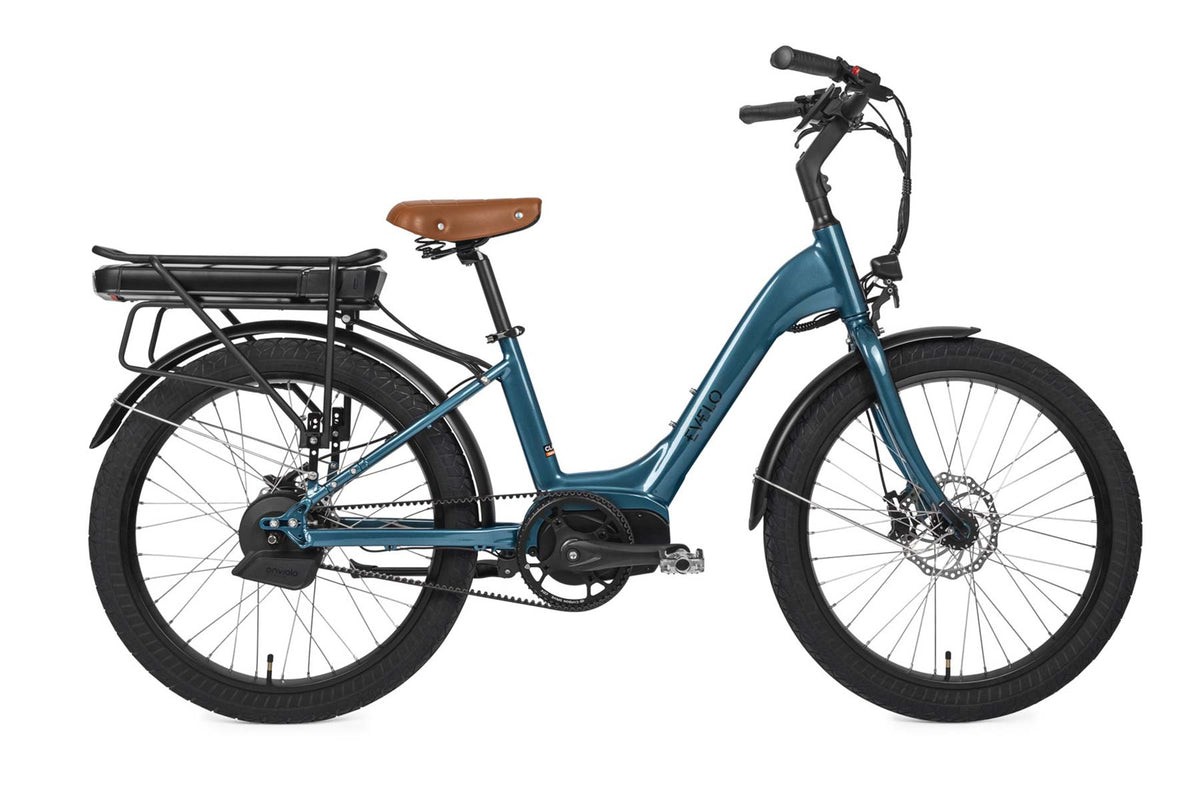


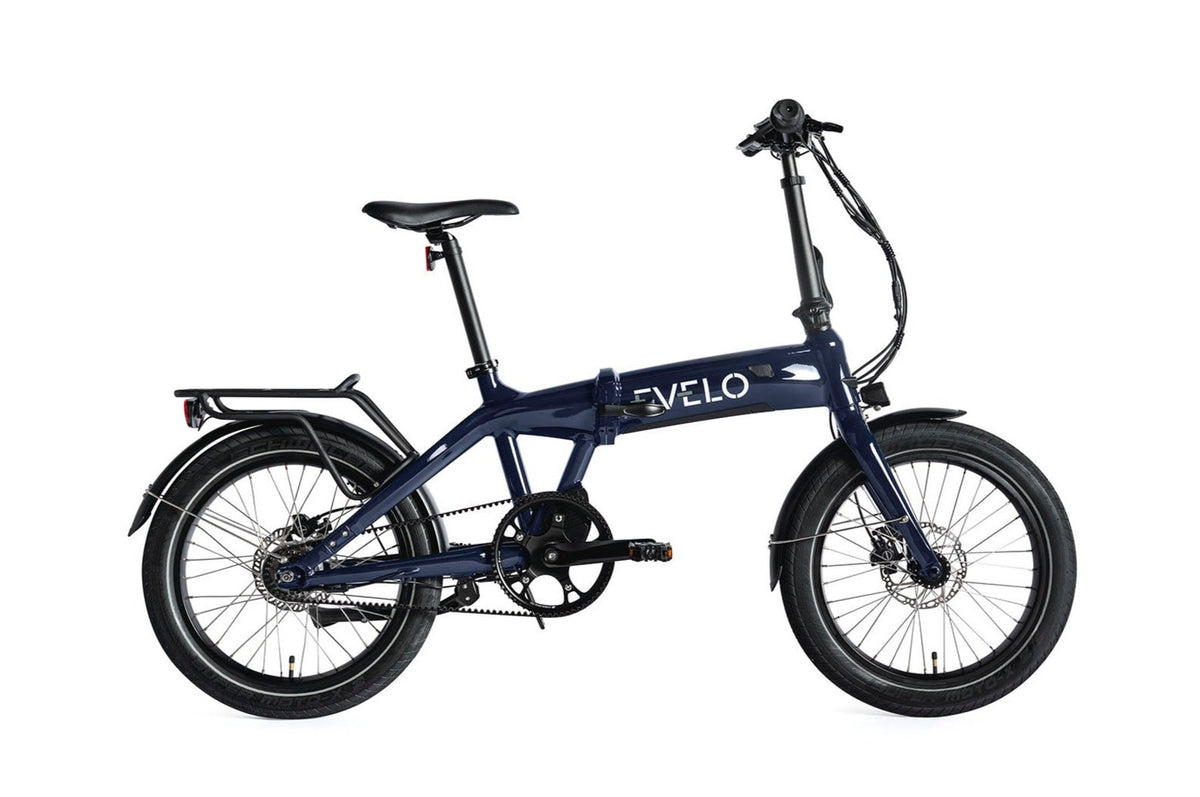
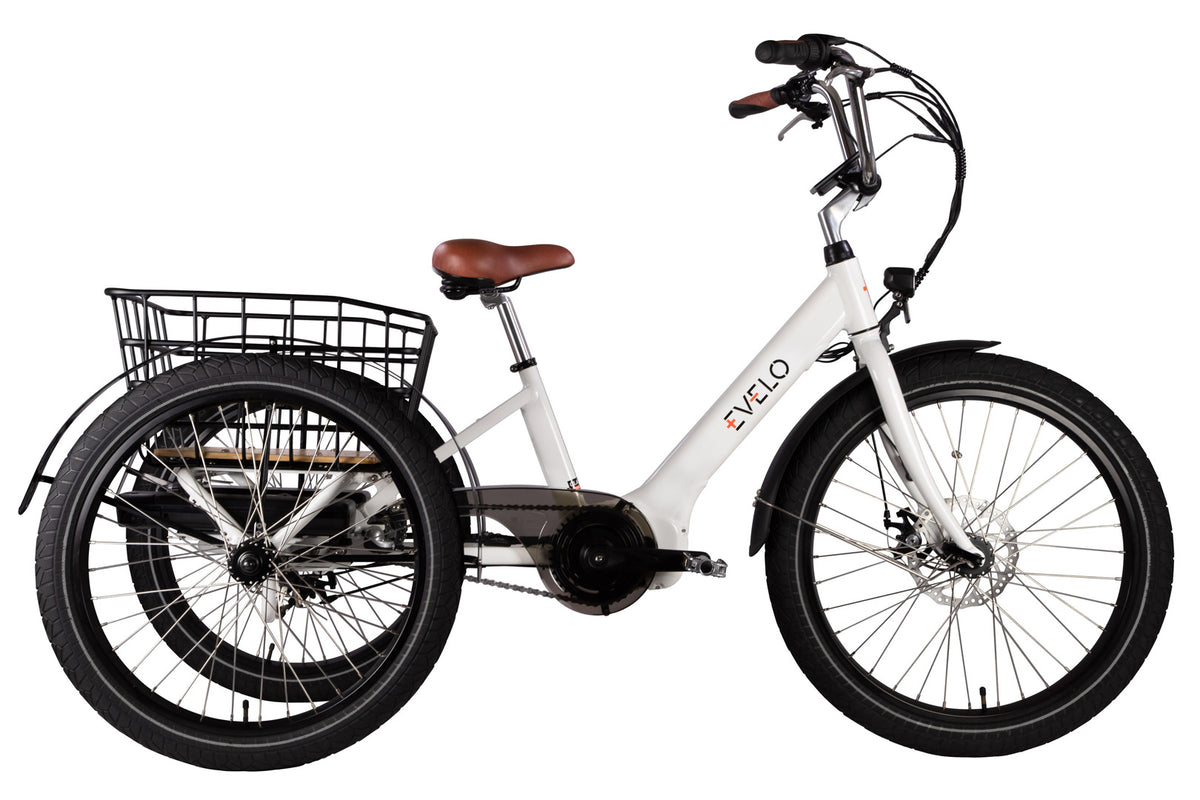
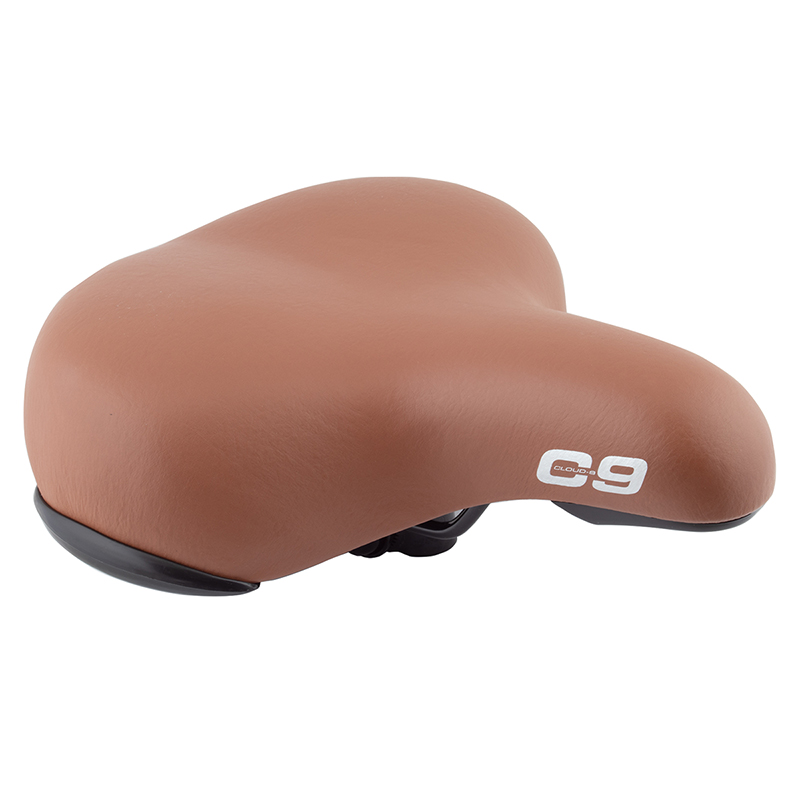
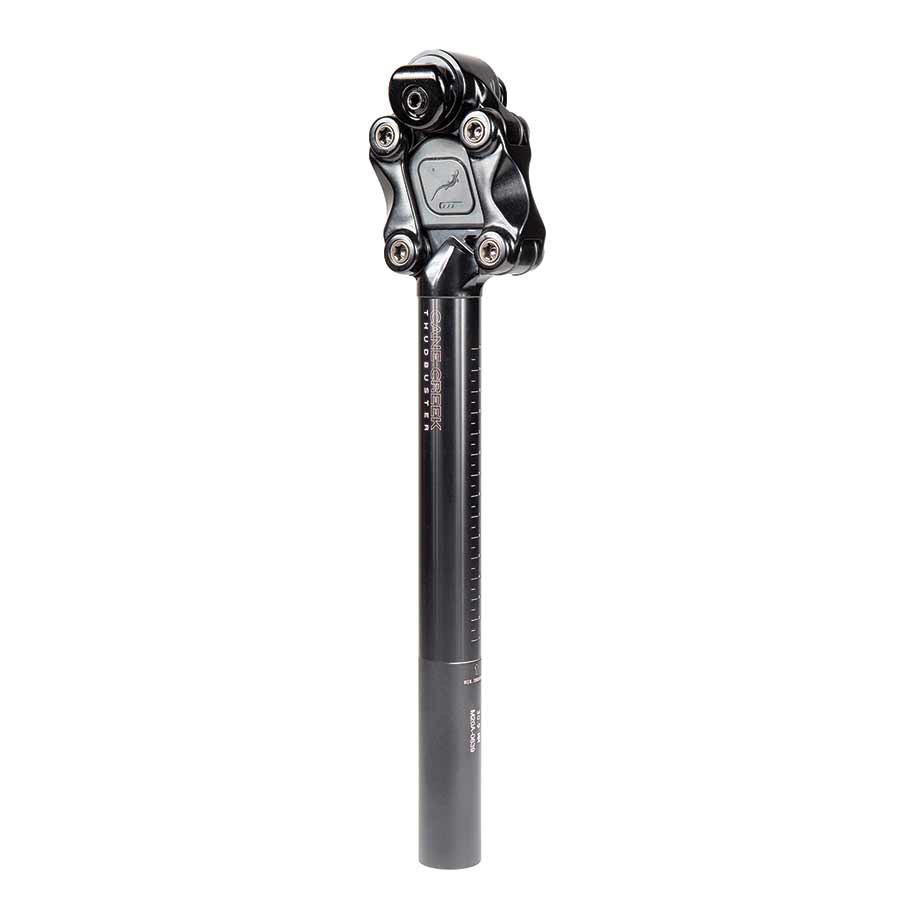
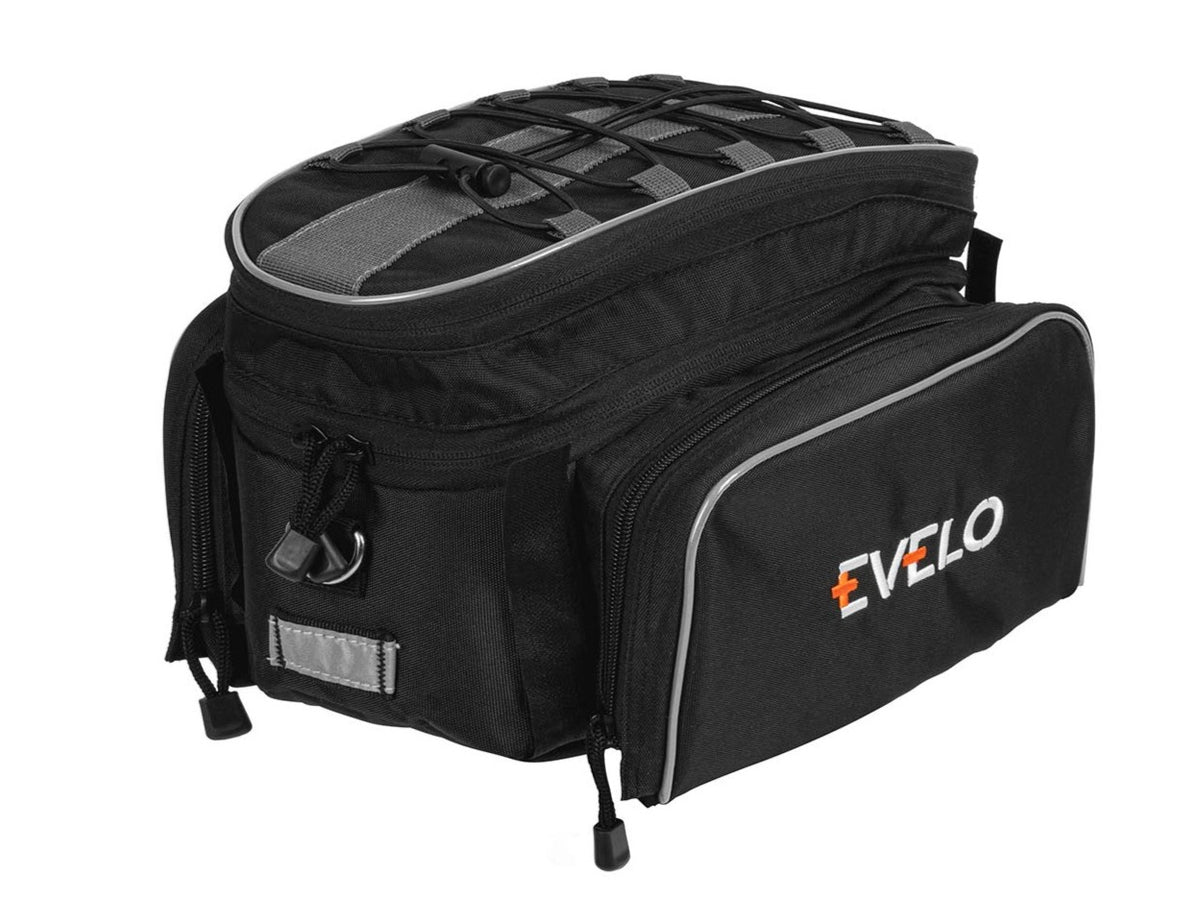
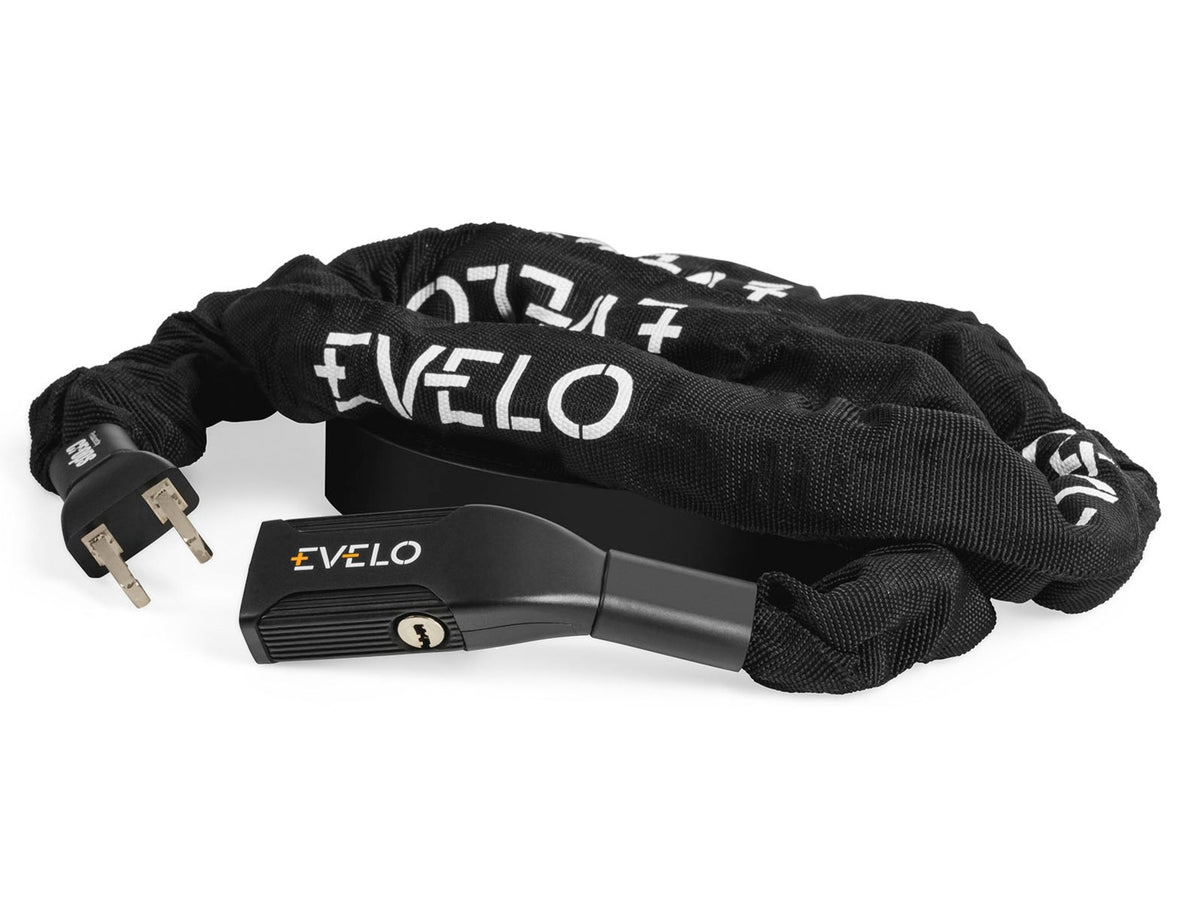


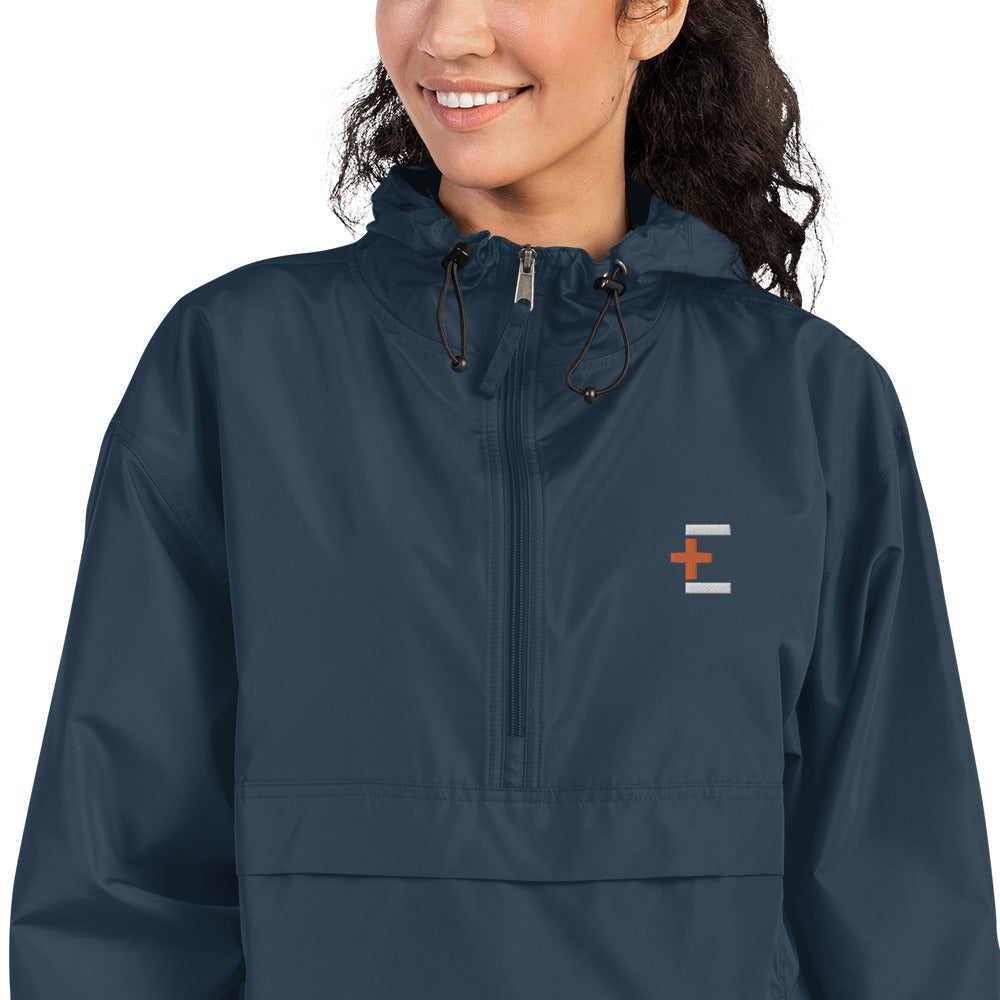

 Easy Assembly
Easy Assembly
 Service and Repairs
Service and Repairs
 Ebike Articles & Content
Ebike Articles & Content



